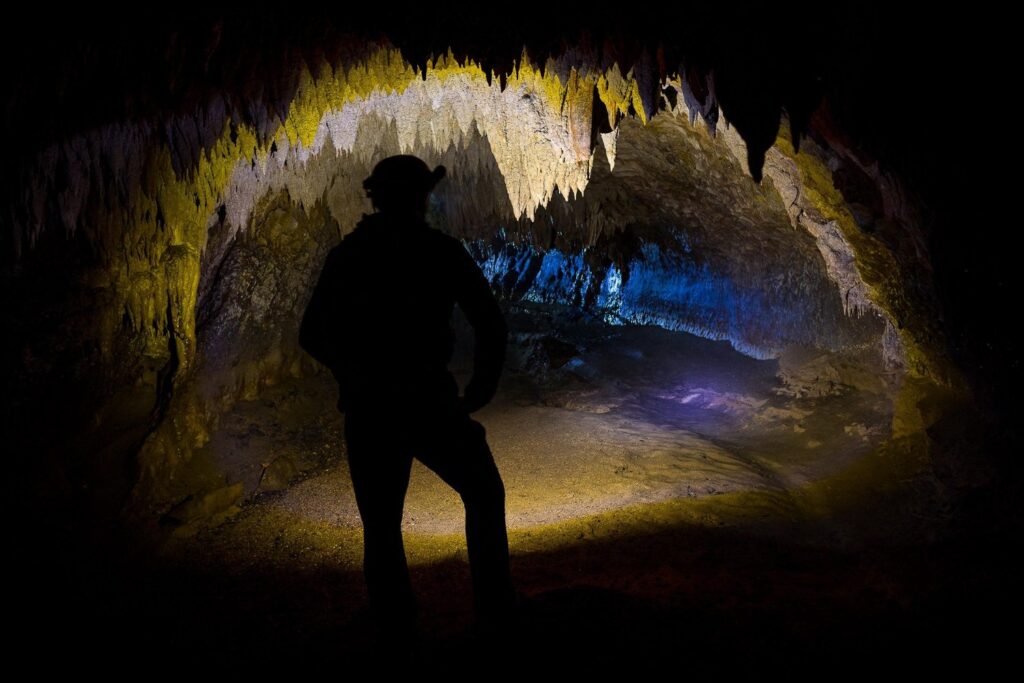
In a concerning revelation, a team of scientists led by Elizabeth Hasenmueller, associate director of the Water Access, Technology, Environment, and Resources (WATER) Institute at Saint Louis University, discovered elevated levels of plastic pollution within a Missouri cave system that has been sealed off from the public for three decades.

Cliff Cave, located near Saint Louis, has been inaccessible to the public since 1993 due to safety concerns following a fatal flash flood. Hasenmueller and her team, granted special permits for exploration, conducted sample extractions of water and sediments during expeditions in May 2019 and April 2022, exploring as far as 590 feet from the entrance.
Their findings, detailed in a study published in ScienceDirect, revealed the presence of anthropogenic (human-sourced) microplastics, tiny particles measuring less than 5 millimeters, in every sampled location. The majority of these microplastics were fibers (91%) and clear (59%), with sediment containing concentrations approximately 100 times higher than those in the water samples.

The significance of this discovery lies in its implications for underground systems like Cliff Cave, suggesting contamination by human pollution even in the absence of direct human presence. Such pollution poses potential threats to the delicate ecosystems thriving within these subterranean environments and could impact human water resources, including aquifers.
While disconcerting, the findings align with the pervasive nature of microplastics infiltrating diverse environments, presenting risks to both human and animal well-being. Microplastics have been identified in remote locations such as Arctic air and even within human hearts.

Addressing the issue of microplastic pollution requires collective efforts. While scientists explore methods to mitigate their impact, individuals can contribute by reducing plastic use. Finding alternatives to plastic bottles, straws, and bags constitutes a proactive step. Additionally, proper recycling practices play a crucial role in minimizing the prevalence of microplastics in the environment and safeguarding both ecosystems and human health. As microplastics continue to pervade various corners of the Earth, adopting sustainable practices becomes imperative for a healthier and more resilient planet.

Leave a Reply